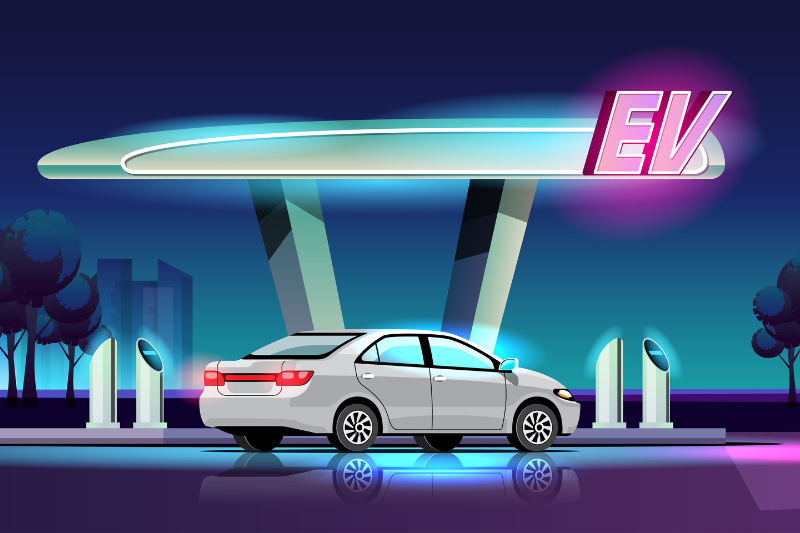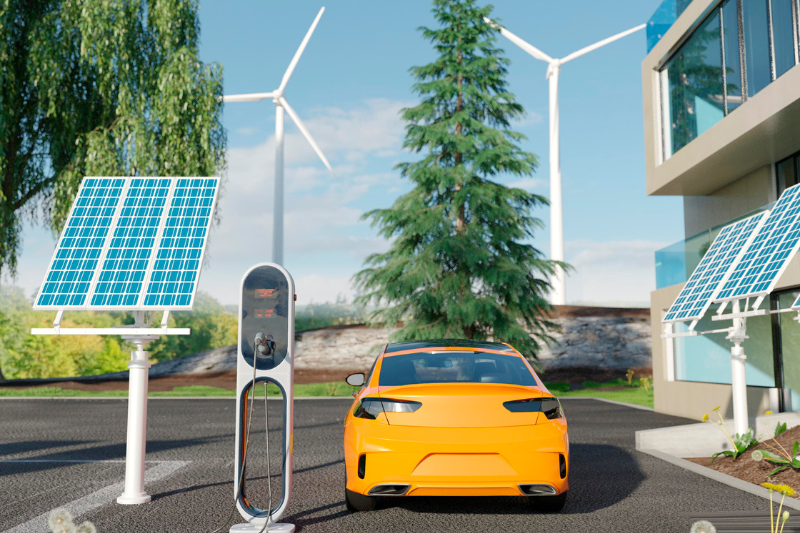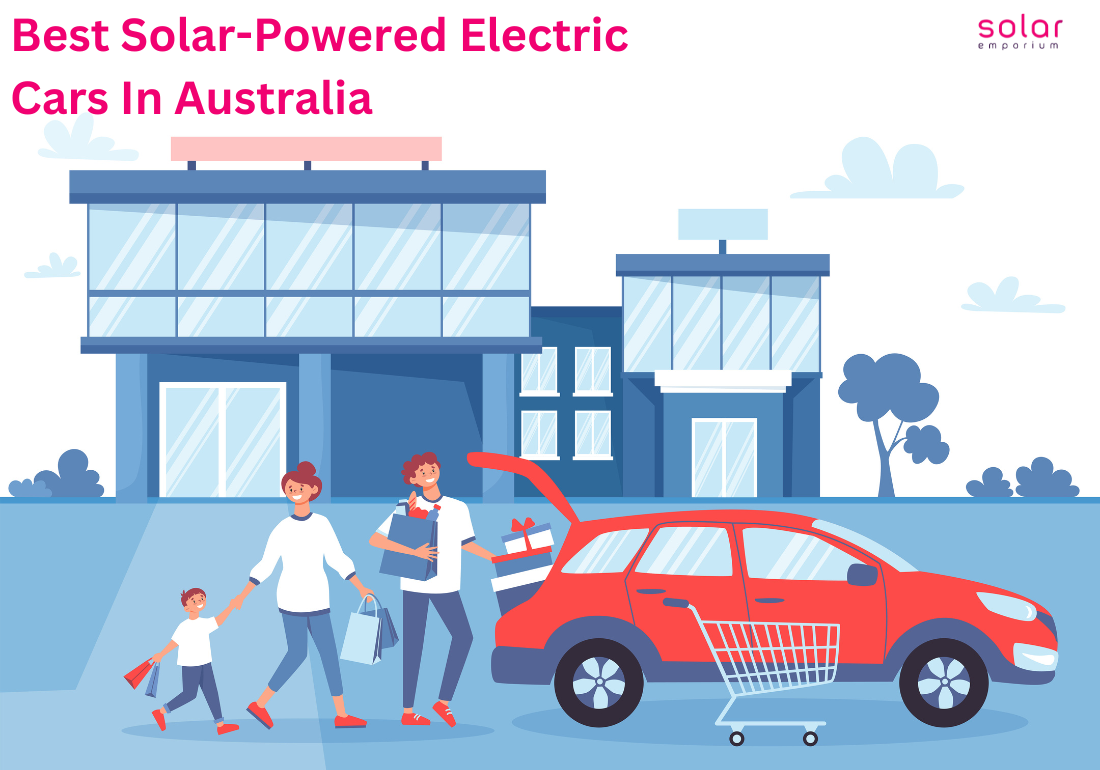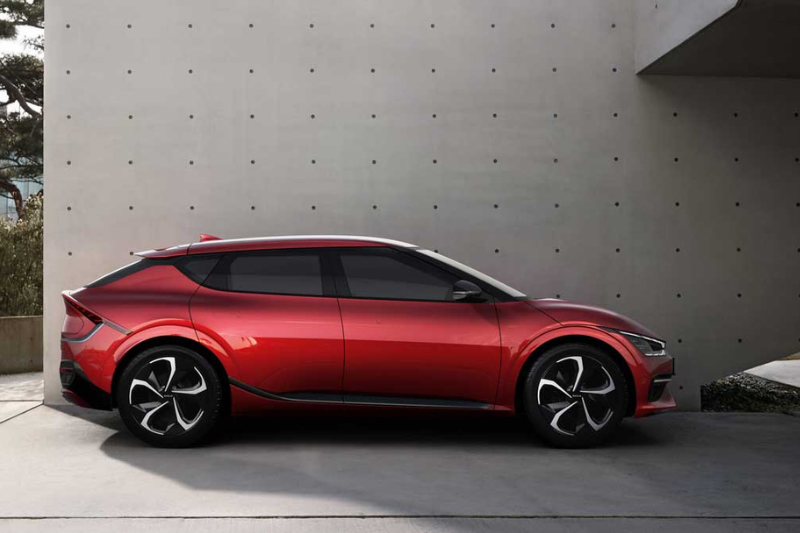A solar-powered electric car is also known as a solar electric vehicle. It is an electric vehicle powered entirely or primarily by direct solar energy. Photovoltaic (PV) cells in solar panels typically convert the sun’s energy directly into electric energy.
Many new electric vehicles on the market have photovoltaic panels that can recharge their batteries with solar energy. However, most electric cars cannot incorporate solar panels in their technology.
But why? The simple answer is that solar panels generate little electricity to justify the huge costs. Particularly for auto-makers producing hundreds of thousands of vehicles yearly gets costlier.
Solar vehicles have a bright future in Australia because of growing environmental awareness and advances in solar technology. Check out Ultimate Future Of Electric Vehicles In Australia to learn more about electric vehicles.
Solar-Powered
Electric Vehicles in Australia
Several solar-powered electric vehicles are available in Australia as of 2023 as commercially available models or as prototypes in development. Let’s look at some of those, shall we?
- Aptera Solar Electric Vehicle (SEV): Aptera Motors, a company based in the United States, has created a solar electric vehicle now available for pre-order in Australia. The Aptera SEV is a three-wheeled vehicle with solar energy and plug-in charging. It has a solar array produces up to 40 miles of range per day, making it ideal for daily commuting. The vehicle can also travel up to 1,000 miles on a single charge from its battery.
- Stella Solar Cars by Solar Team Eindhoven: While not commercially available, the Stella solar cars developed by the Netherlands’ Solar Team Eindhoven have significantly impacted Australia. Multiple times, these vehicles have won the Cruiser Class of the Bridgestone World Solar Challenge, an Australian solar car race. Stella cars are family-sized vehicles with solar panels on their roofs that generate electricity. They intend to be energy-positive, producing more energy than they consume.
- EVX Ventures’ Immortus: EVX Ventures, an Australian company, has created a prototype solar sports car called the Immortus. Solar photovoltaic panelling covers the car’s body, allowing it to run entirely on solar power. While the Immortus is not yet commercially available, it represents a significant advancement in solar vehicle technology.
- Sunswift’s Violet:
Violet, developed by Sunswift, a team from the University of New South Wales, is a solar-electric car. This vehicle competed in the Bridgestone World Solar Challenge and is designed for functionality and comfort, with four-person seating and an 800-kilometre range on a single charge.
These vehicles represent Australia’s current state of solar vehicle technology. More solar-powered vehicles will be available soon commercially as technology advances.
Scope of Solar Electric Vehicles
Environmental Awareness: Australians are becoming more conscious of the environmental consequences of their actions, including transportation choices. This is driving a shift toward more environmentally friendly modes of transportation, such as solar-powered electric vehicles. The Australian government is also encouraging this shift through various incentives and regulations.
Technological Advancements: The technology underlying solar vehicles is rapidly advancing. Solar cars are becoming more practical and affordable as efficiency, storage capacity, and vehicle design improve. With several innovative projects and prototypes already in development, Australian companies and research institutions are at the forefront of these advancements.
Economic Factors: As solar technology costs fall, solar vehicles become a more economically viable option. Simultaneously, the cost of traditional fossil fuels is expected to rise, making solar vehicles a more appealing alternative.
Research and Development: Australia is home to several research institutions and companies at the cutting edge of solar vehicle technology. Sunswift and EVX Ventures, for example, are developing innovative solar vehicle prototypes at the University of New South Wales. These projects are pushing the boundaries of what is possible with solar vehicles and helping to advance this technology globally.
Solar Car Races: The Bridgestone World Solar Challenge is a prestigious international solar car race in Australia. This event draws teams worldwide and showcases the most recent advances in solar vehicle technology. It also raises public awareness of solar vehicles in Australia.
Government Support: The Australian government believes in renewable energy technologies like solar vehicles. While there are no specific incentives for solar vehicles, the government’s broader policies to reduce carbon emissions and promote renewable energy are advantageous for developing and adopting solar vehicles.
Public Interest: The Australian public is increasingly interested in solar vehicles. This is being driven by rising environmental consciousness and a desire to reduce reliance on fossil fuels. However, the high cost and scarcity of solar vehicles are currently impeding widespread adoption.
While Australia’s solar vehicle sector is still in its early stages, there are positive signs of growth. The future of solar vehicles in Australia looks promising due to the ongoing research and development, government support, and growing public interest.
Developments in the Sector

To have solar-powered electric cars in Australia, several key technologies and infrastructure developments would need to be implemented and improved:
Efficient Solar Panels: The first requirement is highly efficient solar panels capable of converting sunlight into electricity with minimal loss. These panels must be lightweight and flexible enough to be integrated into the car’s design without compromising performance or aesthetics.
Advanced Battery Technology: Solar-powered electric vehicles would necessitate advanced batteries capable of storing the electricity generated by solar panels. These solar batteries require high energy density, fast charging, and a long lifespan. For example, Solid-state and lithium-sulphur batteries could meet these requirements.
Smart Energy Management Systems optimize the use of solar panel-generated electricity in vehicles for maximum efficiency. They would also manage the battery’s charging and discharging to maximise lifespan.
Lightweight Materials: To maximise the efficiency of solar-powered electric vehicles, lightweight materials such as carbon fibre and advanced composites could be used in their design. Less energy needed to move the car, so more solar power can be used for driving.
Solar Charging Infrastructure: A network of solar charging stations and the solar panels on the cars themselves would be beneficial. These stations could produce and store solar power in large batteries, allowing electric vehicles to charge even when the sun isn’t shining.
Vehicle-to-Grid (V2G) Technology: This enables electric vehicles to draw power from and feed power back into the grid. In the context of solar-powered electric vehicles, this could imply that excess solar electricity generated by the vehicle could be fed back into the grid, increasing the system’s sustainability.
Regenerative Braking: This technology, which is already used in many electric and hybrid vehicles, allows the car to recover energy while braking and recharge the battery. This would improve the efficiency of solar-powered electric vehicles even more.
By implementing and improving these technologies, Australia has the potential to set the standard for the development and adoption of solar-powered electric vehicles. However, significant investment in research and development, supportive government policies, and public acceptance would be required.
How to Charge
Your Solar-Powered Electric Car?

In Australia, charging your electric car with solar panels is an environmentally friendly and cost-effective way to power your vehicle with renewable energy. Here’s how to set up a solar-powered electric car charging system step by step:
Determine Your Solar Potential: The first step is determining your location’s solar potential in Australia. Check the average daily sunlight hours, shading, and available space for solar panels. To get an accurate estimate of your solar potential, you can use online tools or consult a local solar installer.
Select the Best Solar Panels: Once you’ve determined your solar potential, choose the best solar panels for your charging setup. To meet the energy needs of your electric vehicle, choose high-quality photovoltaic (PV) panels with a suitable wattage capacity. Look for panels that are both efficient and long-lasting enough to withstand Australian weather. Check out Solar Emporium’s affordable solar packages to purchase the best solar panels.
Locate an Appropriate Location: Locate an appropriate location to install the solar panels. It could be on your roof, a carport, or a specially designed ground-mounted array. The location should receive maximum sunlight exposure and remain unshaded throughout the day.
Choose an Inverter: A solar inverter is required to convert the DC electricity generated by the solar panels into AC electricity compatible with the charging system of your electric car. Select a high-quality, compatible inverter for your solar panel installation.
Battery Storage: To store excess solar energy during sunny periods, consider adding solar battery storage to your solar system. Batteries can be useful for charging your electric vehicle on cloudy days or at night when your solar panels are not producing electricity.
Consult a Solar Installer: While installing solar panels yourself is possible, it is recommended that you consult a professional solar installer. You can Contact Solar Emporium for valuable advice to ensure proper installation. We can also assist you in selecting the best equipment for your needs.
Check for Government Incentives and Rebates: Before installing, consider government incentives, rebates, or feed-in tariffs available in your state or territory for solar installations and electric vehicles. These rebates can drastically reduce the overall cost of your solar-powered electric car charging system.
Install the Solar Panels: Once you have obtained all the required equipment and permits, the solar installer will begin the installation. They will secure the solar panels in the desired location, connect them to the inverter, and connect the electrical connections.
Connect to Your Electric Car: After installing the solar panels and connecting them to the inverter, you’ll need to connect your solar system to your electric car. You may need a special charging cable or connector, depending on your vehicle.
Monitor and maintain: Check the performance of your solar panels and inverter regularly to ensure they are working properly. Keep them free of dust and debris, and schedule regular maintenance to extend their life and performance.
The future of solar vehicles in Australia appears promising. Australia is well-positioned to lead in the use of solar vehicles. This is because the country receives abundant sunlight and has a strong environmental awareness, advanced technology, government support, and favourable economic factors.
Overcoming the current challenges, on the other hand, will necessitate continued investment and innovation.








